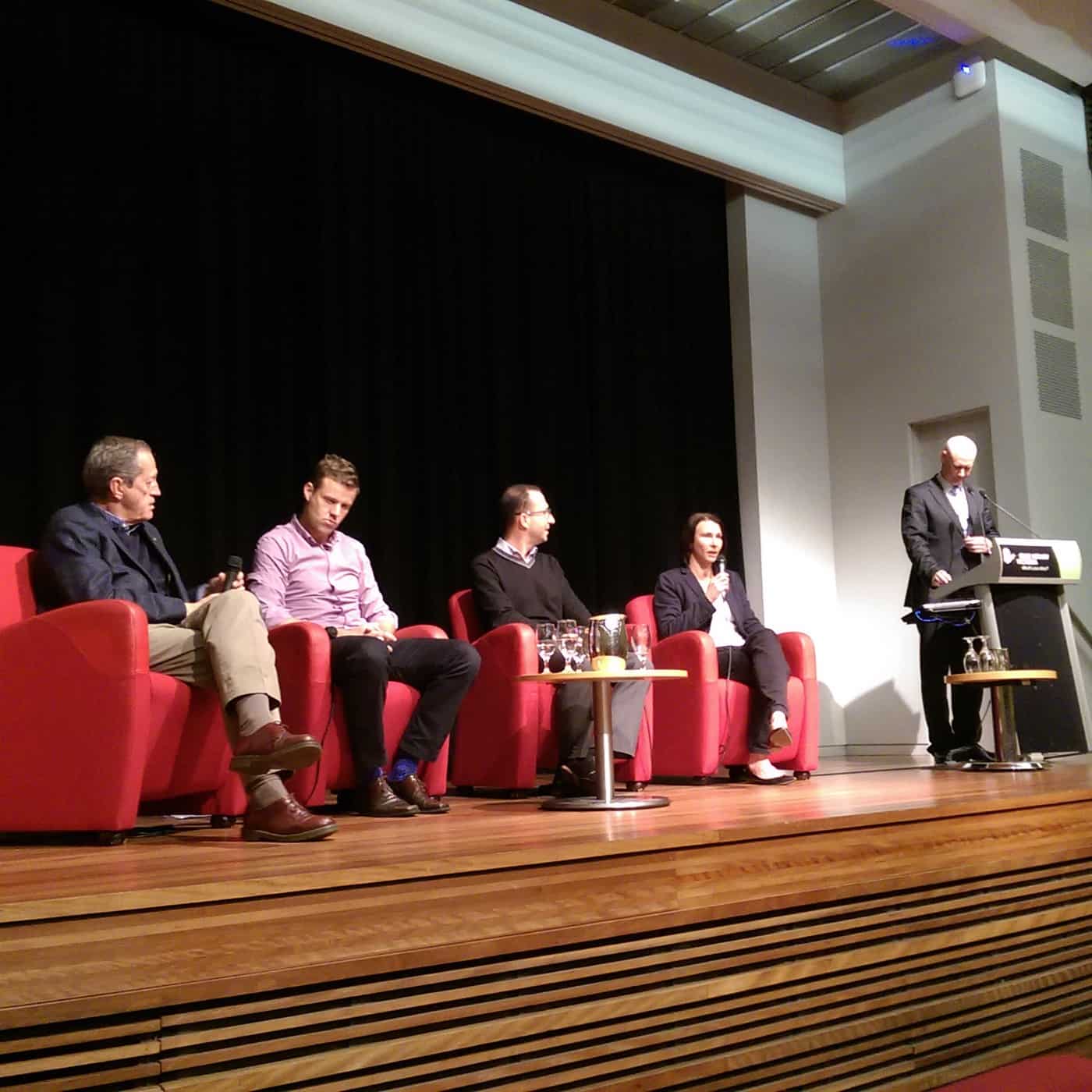 This week in Australia is Mental Health Week. Some call it an Mental Health Awareness Week. Either way the Australian media will be full of experts and “experts”. Workplace health strategies will not be excluded but when reading and listening to this media content, one important point should be remembered – “mental health” is significantly different from “mental illness”.
This week in Australia is Mental Health Week. Some call it an Mental Health Awareness Week. Either way the Australian media will be full of experts and “experts”. Workplace health strategies will not be excluded but when reading and listening to this media content, one important point should be remembered – “mental health” is significantly different from “mental illness”.
Such differentiation should not be dismissed as semantics because health, illness, problems and disorders involve different levels of analysis and diagnosis and, therefore, different strategies, interventions and control measures.
Recently the

 Having never played sports outside the obligatory high school activities, which in my high school also included snooker?!, the world of locker rooms and team sports is foreign. But earlier this week I learnt that where OHS professionals talk about productivity, sportspeople speak of performance, and where factories address line speed, sports physicians talk of load management. I also learnt that professional sportspeople are exempt from workers’ compensation.
Having never played sports outside the obligatory high school activities, which in my high school also included snooker?!, the world of locker rooms and team sports is foreign. But earlier this week I learnt that where OHS professionals talk about productivity, sportspeople speak of performance, and where factories address line speed, sports physicians talk of load management. I also learnt that professional sportspeople are exempt from workers’ compensation.  During last week’s conference session on occupational health and safety and industrial relations,
During last week’s conference session on occupational health and safety and industrial relations,  A
A